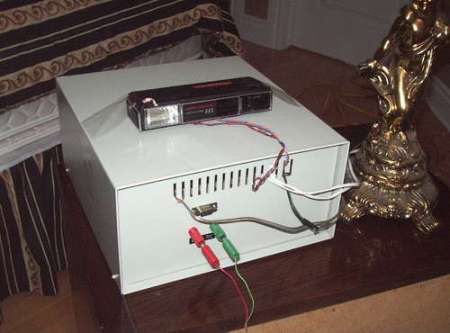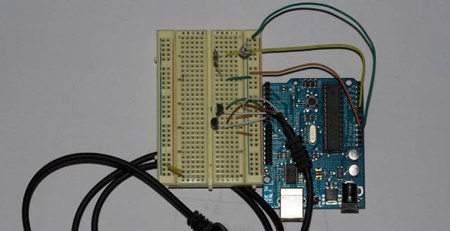
Halloween may have come and gone but thats no reason not to take a look at this neat little special effects setup. Basically it uses an analogue circuit to monitor an audio signal and triggers some camera flashes using 5V relays. The idea is that you can play lightning strikes and other spooky sounds, and the system will trigger camera flashes to coincide with the lightning strikes. Adding in some color organs in addition to the camera flashes will dim your lights to help achieve a thunder like effect. Unfortunately there aren’t any schematics for the color organs (which technically might be just light organs) but that doesn’t detract from the seemingly well designed analogue signal processing. Check it out in action after the break.













